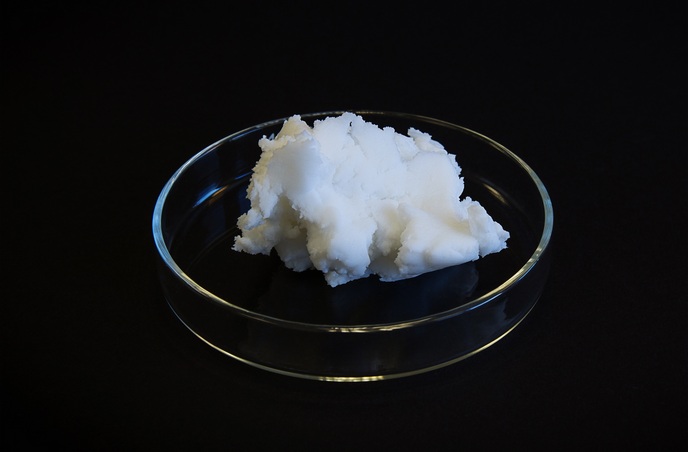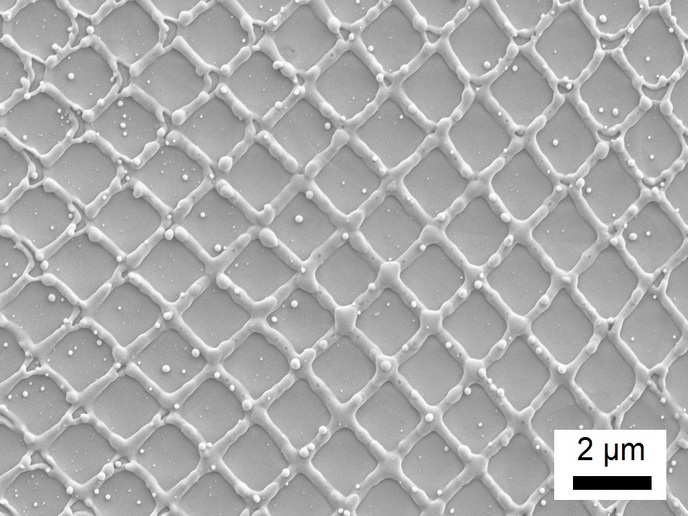Photo-quality images on large exterior glass surfaces
Inkjet printing technology holds promise for both indoor and outdoor applications as an economic and flexible alternative to conventional screen printing techniques. The ‘Development of sol-gel inkjet inks for printing on glass substrates for architectural applications’ (Tigjet) project was initiated to develop a new class of sol-gel inkjet inks for manufacture of flat glass demonstrating ease of use in manufacturing, enhanced colour and resolution, and superior adhesion and durability in outdoor conditions. The researchers focused on organic-inorganic hybrid inks, inorganic sol-gel inks and water-based sol-gel inks. The new class of organic-inorganic hybrid inks developed use the novelty of ultraviolet (UV)-curing after being jetted onto the glass surface, enhancing performance of print heads by decreasing blockage during operation or while in the standby mode. In fact, no blockages were observed even after breaks in printing up to 72 hours. In addition, the inks showed superior adhesion even using organic pigments. The durability was enhanced using inorganic colours. Based on results obtained with the hybrid inks, the researchers also developed inorganic sol-gel inks by fusing a UV-curable inorganic matrix into the glass together with inorganic colours, producing 100 % inorganic systems. These inks demonstrated extremely high resistance to humidity and UV-light degradation. Finally, the researchers developed water-based sol-gel inks based on inorganic silica binders together with organic and inorganic colours, also demonstrating enhanced properties. In summary, the inkjet inks developed for printing stable photo print quality images on exterior glass decrease the cost of individual designs, speed up the manufacturing process and provide better resolution with many more possible colours. The innovations should boost the European edge in innovative architectural design and provide a benefit to printer manufacturers and raw materials producers in the process.







